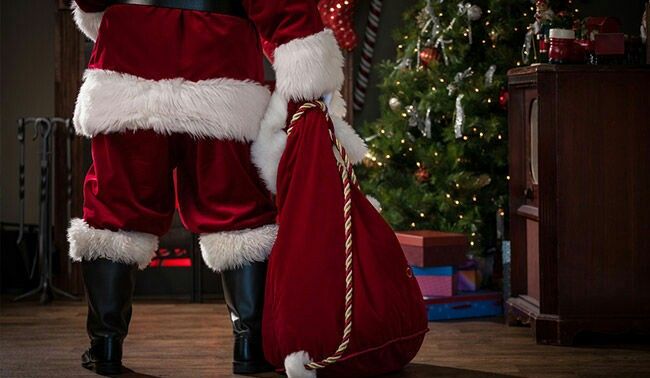Christmas 2017: Could Santa Be Real? Oxford Research Says Yes!
Another Oxford University investigate has uncovered that bones since a long time ago accepted to have a place with St. Nicholas after whom the iconography of Santa Claus is based, do in certainty date from the privilege verifiable period.

New Delhi: Real or not genuine, Santa Claus rules the creative ability of kids everywhere. In any case, a current research at Oxford University is out on the town to settle that verbal confrontation. Another Oxford University explore has uncovered that bones since quite a while ago accepted to have a place with St. Nicholas after whom the iconography of Santa Claus is based, do in certainty date from the privilege verifiable period. In the sixteenth century stories about St Nicholas wound up noticeably prominent, and the legend of Father Christmas was conceived.
St Nicholas is thought to have lived in Myra, Asia Minor, which is presently cutting edge Turkey. As per the legends he was a rich man who was celebrated for his liberality. It is trusted that St. Nicholaus has aggrieved by the Emperor Diocletian and passed on in jail. A gathering of Italian traders took away his remaining parts and transported it to Bari.
The greater part of the remaining parts sit in the Basilica di San Nicola, Bari, Southern Pugalia since 1087, in a brilliant tomb. Throughout the years, relic parts have been procured by various places of worship everywhere throughout the world. Since the relics have gone over the world, there have been inquiries regarding if the relics have a place with a similar individual.
Educator Tom Higham and Dr Georges Kazan, the Directors of the Oxford Relics Cluster at Keble College's Advanced Studies Center, dissected the relic which is claimed by Father Dennis O'Neill, of the Shrine of the All Saints, St Martha in Bethany Church in Morton Grove Illinois, USA.
The radio cell based dating on a miniaturized scale test of bone pieces, uncovered the relic's age to the fourth century AD - a similar time that a few students of history assert that St Nicholas passed on (around 343 AD). The outcomes propose that the bones could on a basic level be real and have a place with the holy person.
Educator Tom Higham said that numerous relics have been investigated earlier yet have ended up dating to a period which is later than the memorable authentications would recommend. The current finding recommends that the remaining parts could have a place with St. Nicholas himself.
Dr. Georges Kazan stated, "These outcomes urge us to now swing to the Bari and Venice relics to endeavor to demonstrate that the bone remains are from a similar person. We can do this utilizing antiquated palaeogenomics, or DNA testing. It is energizing to believe that these relics, which date from such an old time, could in actuality be bona fide."
The majority of the bones accepted to be from St Nicholas are as yet safeguarded in Bari, with some in the Chiesa di San Nicolo al Lido in Venice.